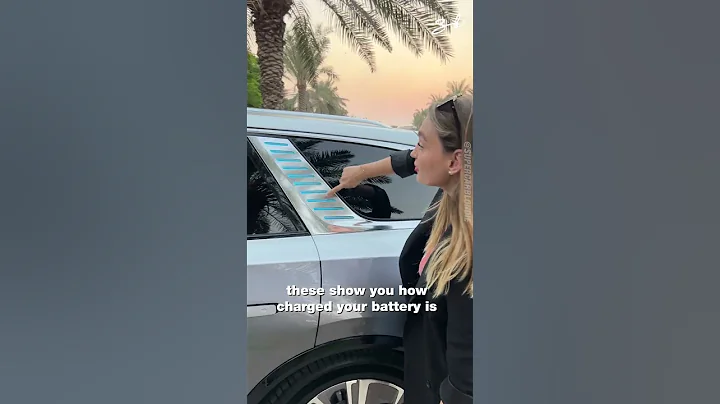EU legislators have reached an agreement on legislation that will effectively ban the production of new internal combustion engine cars and trucks from 2035. As one of the world's largest trading groups and home to some of the world's largest automakers, the EU's decision will have a huge impact on global transportation, pushing the industry more firmly towards a fully electric future.

This legislation must now be formally approved by EU Council and Parliament, although only minor changes are expected.
The key requirement is that by 2030, new vehicles will see CO2 emissions reduced by 55%, with trucks being reduced by 50% (in both cases, these emissions are compared to 2021 levels). Then, by 2035, both new cars and vans must reduce CO2 emissions by 100%.
"Ferrari Terms" means small manufacturers do not have to meet temporary targets for 2030.
These are the main goals, but there are other things to note. For example, manufacturers that produce less than 10,000 cars or 22,000 trucks per year will not have to meet the temporary emission reduction target of 2030 - just reach the final target of 2035. This is called the "Ferrari clause" and aims to protect small automakers that produce fewer models per year than large manufacturers. There is also a non-binding proposal in the
protocol, which is to allow vehicles that produce "fully use carbon dioxide neutral fuel" (also known as "electronic fuel") after 2035 if these vehicles are "out of the model standard".
Some critics believe that there is a serious loophole in this clause; others believe that this is just a way to appease certain political factions in Europe and will not affect the main goal of legislation, namely eliminating the emissions of EU vehicles. The latter notes that these vehicles must fall outside the standard range of models, which states that only special vehicles such as ambulances and fire trucks can take advantage of this exception.
EU lawmakers said the wording of the proposal will be tightened before legislation becomes law, hoping to learn more about its exact meaning.
, the Dutch , who negotiated the agreement on behalf of the European Parliament to write the agreement, Jan Huitema praised the agreement and said it would "create clarity for the automotive industry and stimulate innovation and investment among automakers."
" This is crucial for achieving climate neutrality by 2050 "
" I am glad we have reached an agreement with the Council on ambitious revisions to the 2030 target and support the achievement of the 100% emission reduction target by 2035. This is essential for achieving climate neutrality by 2050 and making clean driving more affordable for our citizens," Whitma said in a press statement.
The legislation is the first major part of the EU's "Fit for 55" project and will be generated in negotiations. This is a package of proposed laws aimed at reducing EU emissions by 55% by 2030, with the ultimate goal of achieving EU carbon neutrality by 2050. Other parts of the package will address issues such as land use, create greener fuels for aviation and shipping, and provide new funds to develop renewable energy technologies.
Meanwhile, the rest of the world is also working to implement their own new diesel locomotive ban. The UK is currently planning to ban sales of these vehicles by 2030, while California is planning to ban the production of new internal combustion engine vehicles by 2035, and it is believed that other U.S. states may follow the example of California in the coming years.











